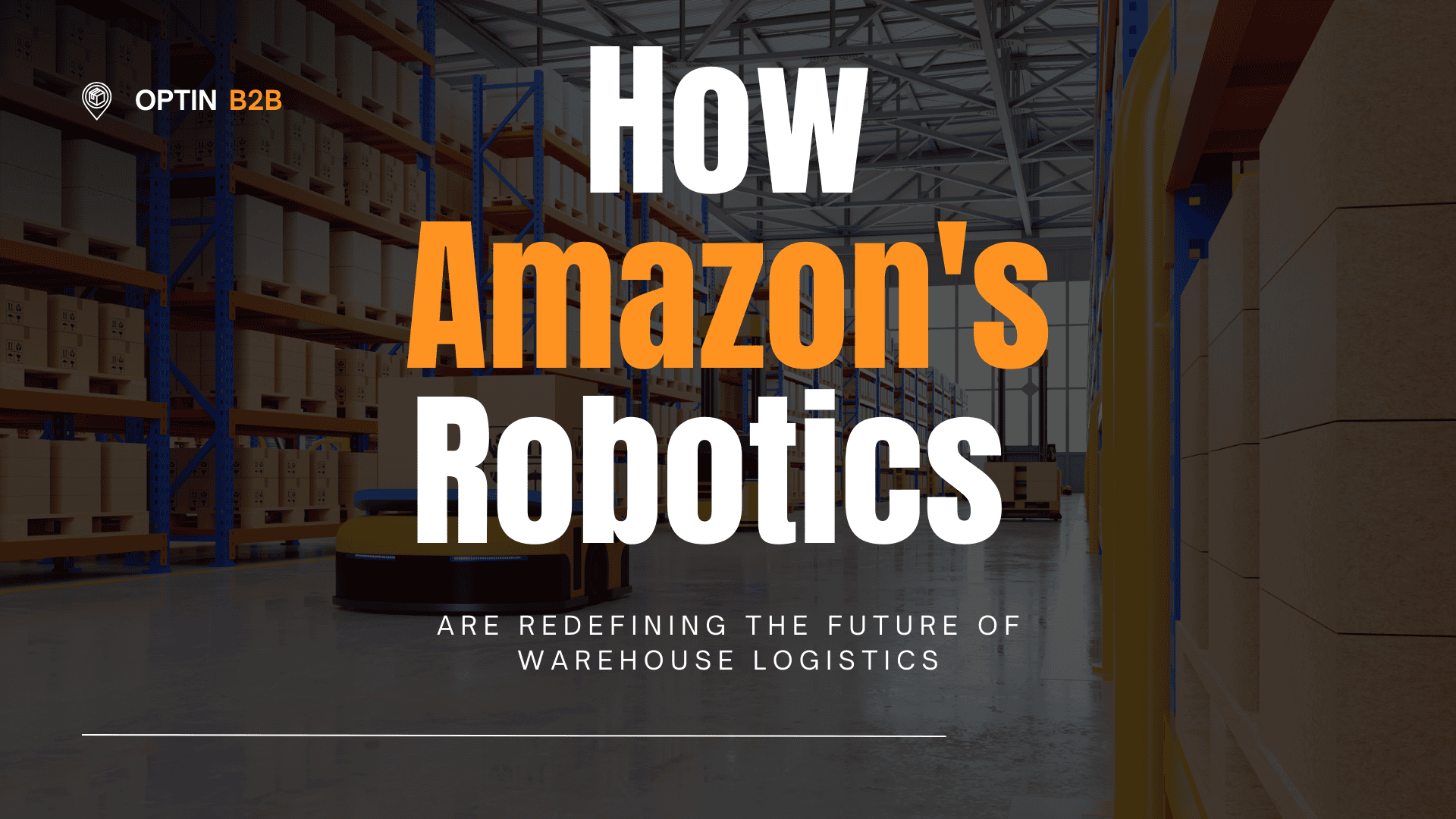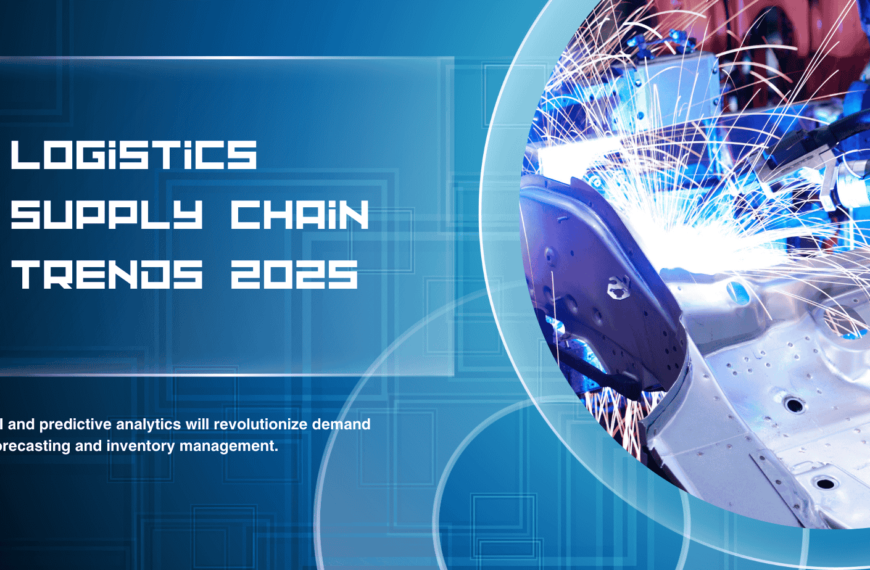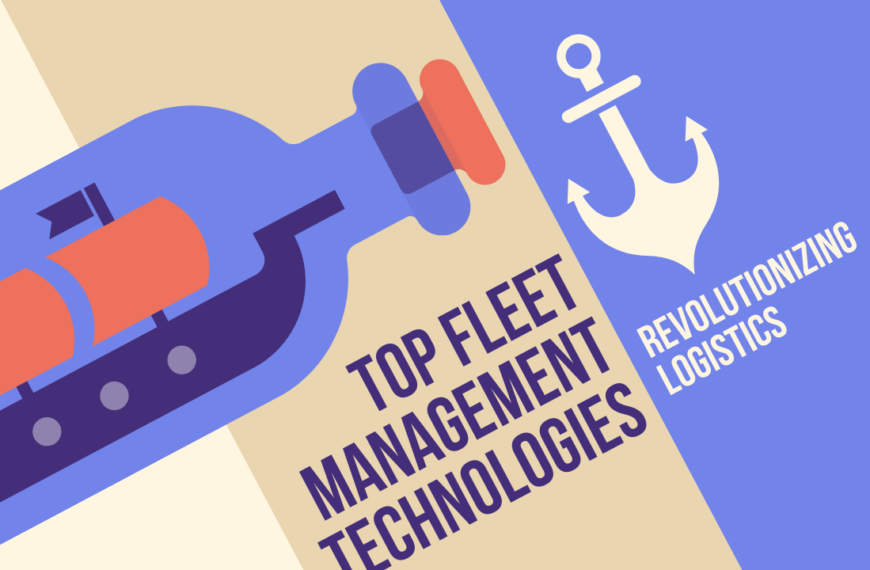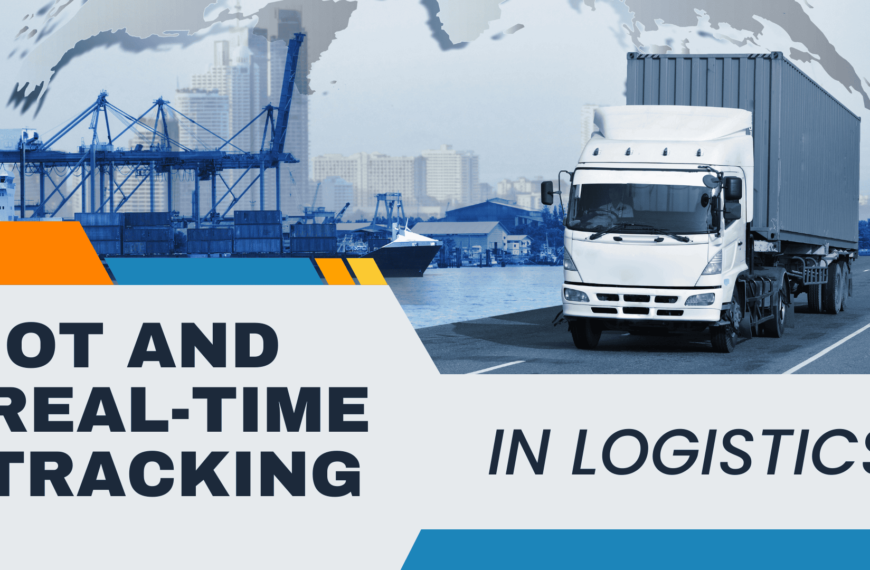Amazon has revolutionized the e-commerce logistics landscape by integrating cutting-edge robotics into its warehouse operations. Through the use of Kiva robots, Amazon can efficiently move products, reducing human labor and minimizing errors. These robots work seamlessly alongside human employees to optimize the picking, packing, and sorting process. The result? Faster processing times and quicker deliveries to customers.
The impact of Amazon’s robotics extends beyond efficiency. The company’s advanced robotic systems allow for better inventory management and smarter use of warehouse space, boosting overall productivity. Automation in Amazon’s fulfillment centers reduces operational costs and enhances scalability, positioning the company for future growth in an increasingly competitive e-commerce market.
The incorporation of AI-driven robotics is not just about speed but also about adapting to fluctuating demand. Amazon’s robotics can quickly adjust to inventory changes, ensuring that warehouses remain optimized at all times. This dynamic approach helps reduce stockouts and overstocking issues, enhancing both operational efficiency and customer satisfaction.
As Amazon continues to innovate in robotics, the broader logistics industry will likely follow suit, with more companies adopting similar technologies to remain competitive. The future of warehouse logistics looks poised for further transformation, where automation and robotics play a critical role in shaping the efficiency and sustainability of global e-commerce.
In conclusion, Amazon’s robotics have set a new standard in warehouse logistics, emphasizing automation, efficiency, and scalability. With advancements in technology, Amazon continues to push the boundaries of what is possible, shaping the future of e-commerce logistics in ways that were once unimaginable.























